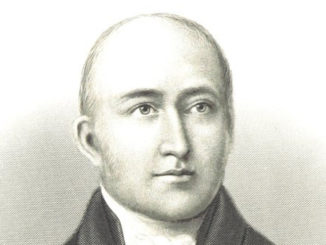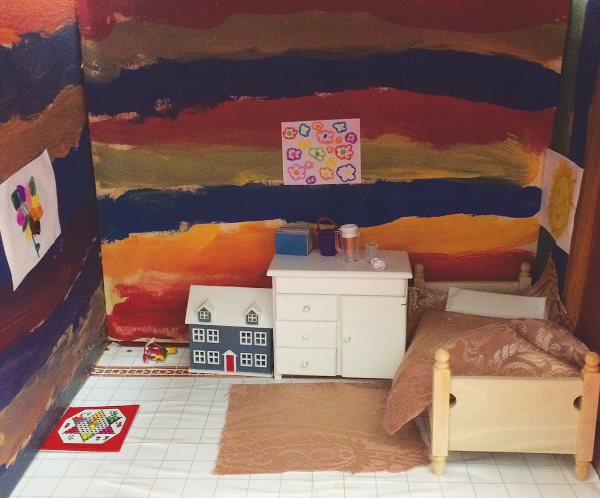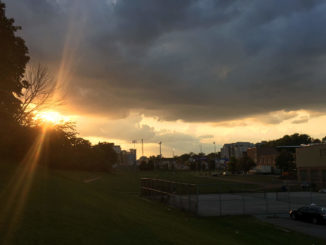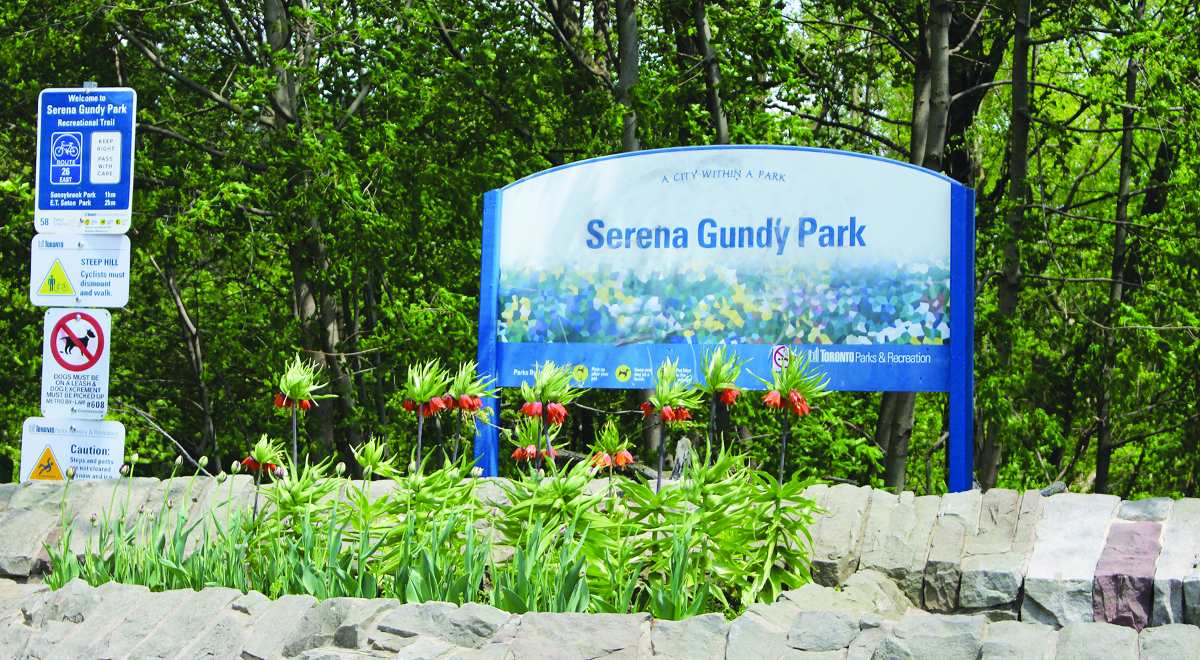
As the weather warms up and the outdoors beckon, activities at Leaside’s Serena Gundy Park are heating up too. The park – named after the first wife of the late James H. Gundy, head of the Wood Gundy securities firm – is located in North Leaside in the West Don River Valley, north of Eglinton Ave. East.
One of Toronto’s most beautiful parks, Serena Gundy boasts horse stables, walking/hiking trails, picnic sites and sports fields for cricket, rugby, soccer, and field hockey, among others. Along with the nearby Wilket Creek Park, it surrounds the vast Sunnybrook Park system, a green ribbon of trails that meander 12 kilometres from the manicured Edwards Gardens in the north to the rustic Warden Woods in the south.
Many of today’s Leasiders are unaware that the natural beauty of the area from Bayview Ave. across the West Don River all the way to Leslie St. led several wealthy families in Toronto to build stately country mansions in the early 1900s. These magnificent estates around the edge of Toronto eventually became part of the Sunnybrook Park system.
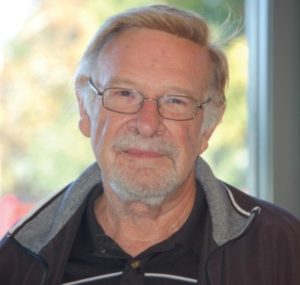
Leasider John Naulls, a local historian and cartographer, has been poking around in the minutes of Leaside Council meetings going as far back as 1913 and has come up with some fascinating details about the early days of the Gundy Estate and how it came to be one of Toronto’s premier parks. He has also produced a map of the area based on Leaside Council notes and various years of aerial photography and mapping.
“I believe the map I produced shows the land set aside for the Gundy country estate,” he says. Here are some excerpts from his notes:
“In 1927 James Gundy chose an area in Leaside to set up a seasonal residence and garden in the valley portion of the town. Leaside Council was happy to accept his offer.
The property seems to have been sold on an acre by acre basis.”
And this from the minutes of Leaside Council meetings:
Naulls says, “Basically, a year went by and on October 31, 1928, Council would hear from Gundy again. He was ready to proceed with the estate. A request was made to provide road access to his property.”
Council notes: He would enter the estate from Eglinton Ave. and drive north along the Aerodrome west boundary on Sutherland Dr. The new road would turn east along the Aerodrome northern boundary known as Broadway Ave. to the estate entrance.
Leaside would establish this road at a cost to the Town of $8,355.00. Leaside would help hide the property from view by planting up to 500 trees. Council would agree to all his requests.
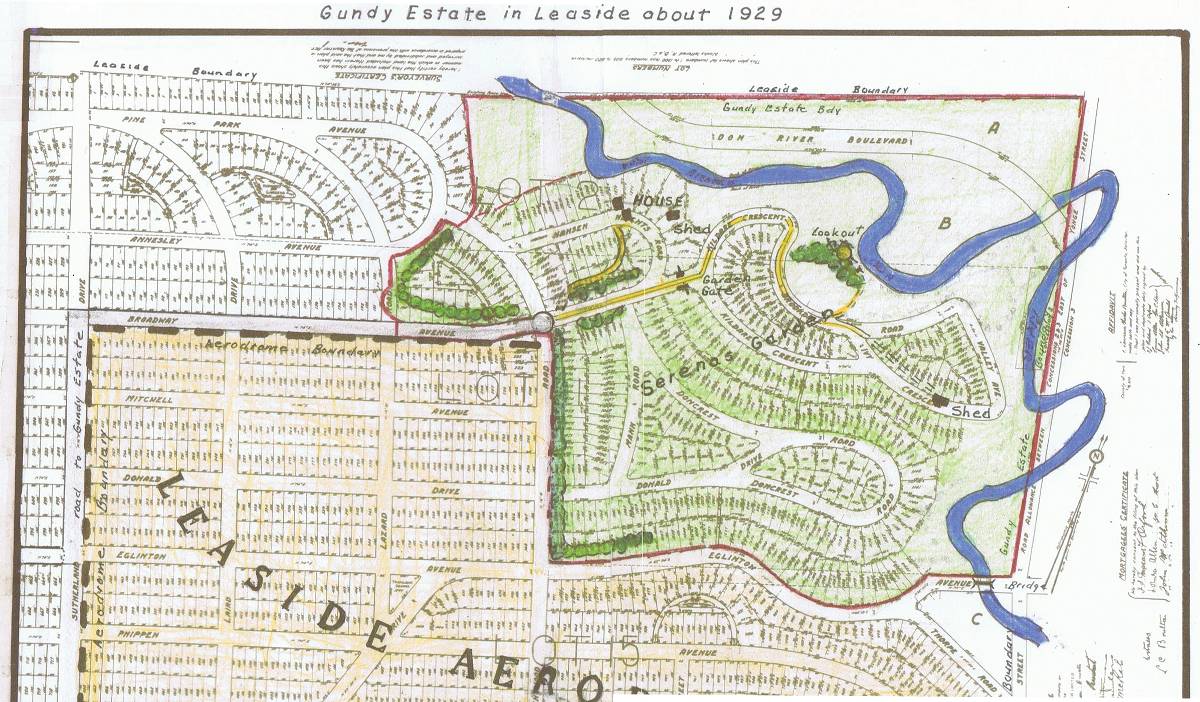
In the spring of 1929, the building of the Gundy home began and the road was started.
A further request to close Eglinton Ave. along the estate’s southern boundary would discourage entry by the public.
No development of Leaside occurred near the estate until the late 1940s to early 1950s. Council notes reveal that on Feb. 2, 1948, Gundy would donate the sloping portion of his land to Leaside for park use.
The estate appears not to have been in use until 1958. It was recommended that Leaside buy the estate for $45,000 and then place it under control of the Toronto Region Conservation Authority.
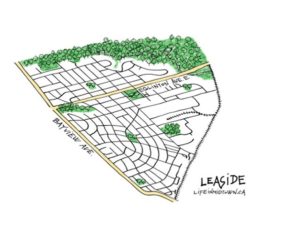 In 1960, 62.6 acres of the estate were donated back to Leaside along with a recommendation that an entrance be created to the park from Leslie St. on the understanding that $200,000 would be spent during a 10-year period on park improvements and that a suitable memorial, approved by the trustees of the estate, would be erected. A bronze plaque built into the stone gates at the Broadway Ave. entrance honours this generous gift.
In 1960, 62.6 acres of the estate were donated back to Leaside along with a recommendation that an entrance be created to the park from Leslie St. on the understanding that $200,000 would be spent during a 10-year period on park improvements and that a suitable memorial, approved by the trustees of the estate, would be erected. A bronze plaque built into the stone gates at the Broadway Ave. entrance honours this generous gift.


